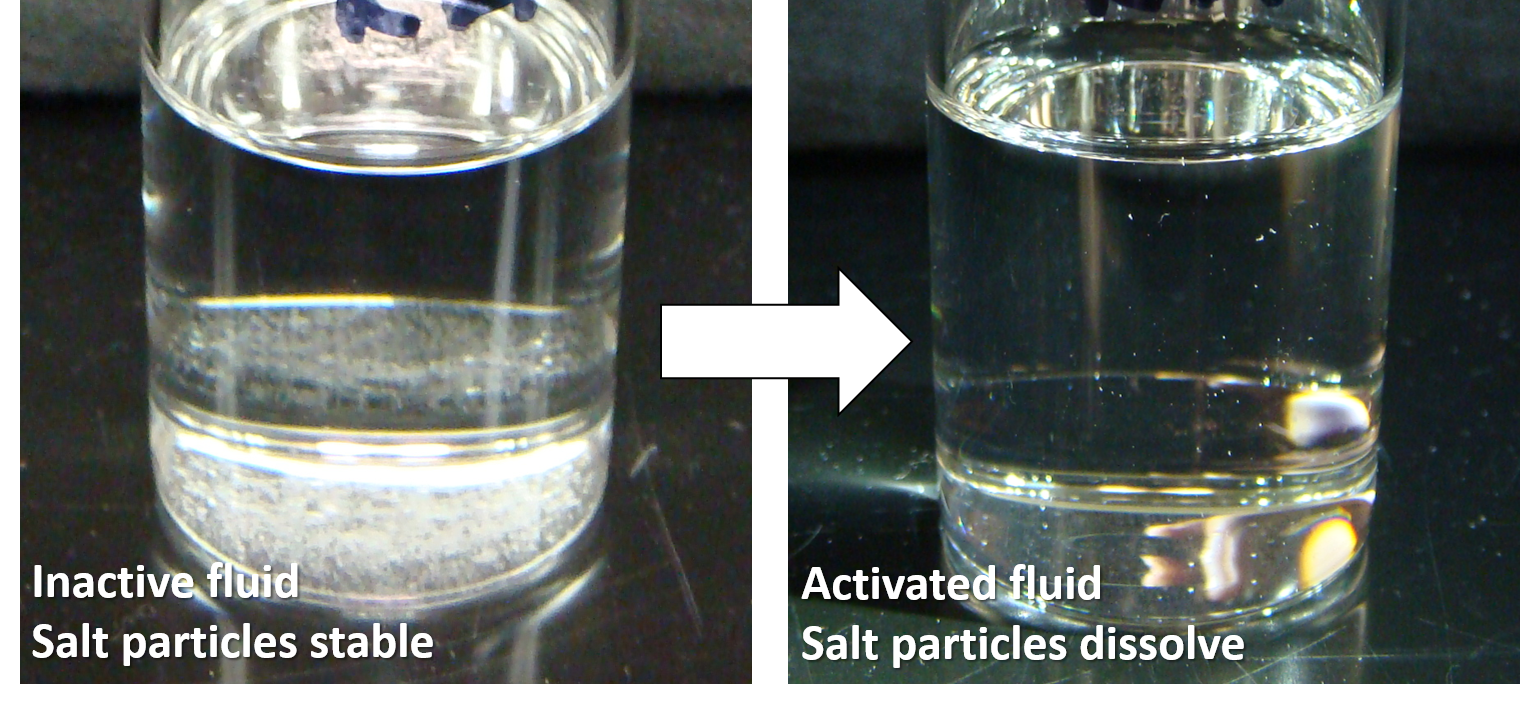Salmaan Baxamusa (17-ERD-003)
Executive Summary
We are exploring why laser illumination initiates surface damage in nonlinear crystals, and developing processing technologies to fabricate crystals with superior surface-damage resistance. Enhanced damage resistance will enable more efficient operations at Lawrence Livermore National Laboratory's National Ignition Facility, as well as enhance designs for new laser systems for wide-ranging applications in defense, scientific research, and manufacturing.
Project Description
Nonlinear optical crystals are central to the design of modern lasers. They are widely used as electro-optic modulators and as frequency-converting elements in laser systems. However, laser damage is a pervasive phenomenon in optical materials exposed to high fluences (i.e., energy per surface area). Damage in crystals is poorly understood, forcing current strategies to manage damage growth rather than prevent damage initiation. Frequency conversion to shorter wavelength light allows for smaller spot sizes or "greater fluence," greater standoff distance, or smaller lenses. Enabling designers of next-generation lasers to access and understand these conditions will be critical for development of new laser systems for defense, scientific, and manufacturing applications. This is especially true in systems where optics replacement is impractical or impossible. As a result, surface damage to crystals caused by lasers is generally the limiting factor in the lifetime of optical materials. We are taking a fundamentally different approach by reducing or eliminating the initiation of surface damage. This proactive approach will be grounded by previous findings in linear optical materials such as fused silica, which have not yet been applied to crystals. Three classes of defects are known to initiate damage in fused silica: (1) near-surface absorbing impurities such as residual polishing compounds, (2) fractures that create electronic defects, and (3) solid nanometer-scale impurities. We will determine whether these or similar features can cause damage in potassium dihydrogen phosphate by evaluating both natural and artificial defects. Existing data shows similar failure modes in amorphous and crystalline optics, indicating that the damage precursors and mitigation strategies may be similar as well. With this in mind, we will explore why laser illumination initiates surface damage in nonlinear crystals, and we will develop processing technologies to fabricate nonlinear crystals with superior surface-damage resistance.
We expect to demonstrate sub-scale nonlinear optics with advanced damage resistance, as well as the necessary scientific foundation to apply findings to large-aperture or other crystalline optics. The starting point for identifying damage-causing surface defects will be previous experience with fused silica. We intend to study potassium dihydrogen phosphate as a test system for understanding damage in nonlinear crystals. This material has immediate institutional relevance because it is the only nonlinear crystal capable of fabricating large-aperture optics. Bulk damage in potassium dihydrogen phosphate can be reliably suppressed using laser conditioning, which will allow us to decouple surface from bulk laser damage. In practice, it is surface damage and not bulk damage that limits the lifetime of these crystals. In potassium dihydrogen phosphate, surface damage occurs at fluences far below predicted intrinsic thresholds. The current practice at advanced laser facilities is to monitor the growth of these damage sites until the site must be blocked or the optic must be repaired or replaced. Our approach is to reduce the number of (or eliminate) surface damage initiations. We will first identify the causal agents of surface laser damage in crystals and then develop processing technologies to fabricate nonlinear optics with significantly improved damage resistance. Enhanced resistance to surface laser damage will enable more efficient operations at Lawrence Livermore National Laboratory's National Ignition Facility, as well as enhance designs for new laser systems for wide-ranging applications.
Mission Relevance
Our research supports the Laboratory's lasers and optical science and technology core competency by investigating damage initiation in nonlinear optics. The research aligns with NNSA goals by establishing a generalized understanding of damage initiation, which will ultimately improve the operation of existing laser systems and expand the design limits for future defense, scientific, and manufacturing laser systems. Reduced incidence of optical damage will allow the National Ignition Facility to operate more efficiently and at higher fluencies, thus increasing the capability to achieve inertial fusion. These aspects support the DOE goal to strengthen key science, technology, and engineering capabilities and modernize the national security infrastructure.
FY17 Accomplishments and Results
In FY17, we (1) made progress in laser-damage testing of nonlinear optical materials, as well as development of novel working fluids as chemical polishing agents for water-sensitive crystals (see figure); (2) procured and began laser-damage testing on a variety of optical crystals; (3) developed a spray-based system for depositing defects at surfaces (preliminary results showed that recrystallized water-sensitive materials are not as prone to damage as previously believed); (4) measured (using potassium dihydrogen phosphate as a model material) solubility curves in four different systems at a variety of compositions and temperatures; and (5) began developing a novel water-in-oil emulsion with sub-micrometer water droplets that serve as a chemical polishing agents for actuating with external stimuli.
   






